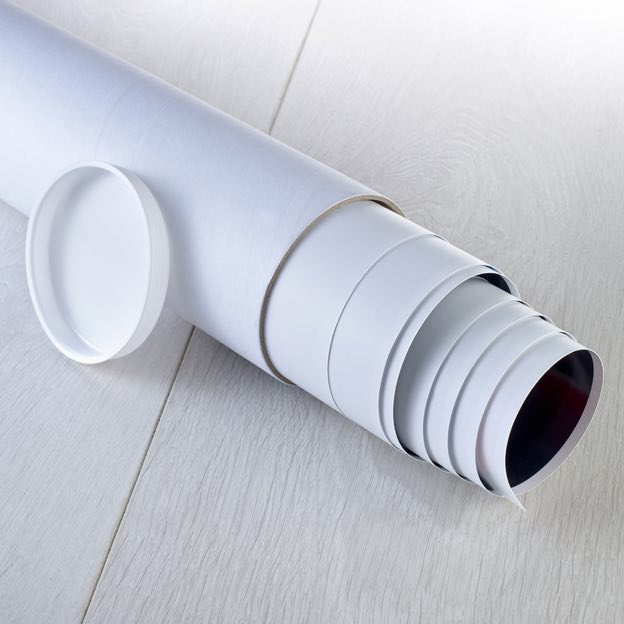Sizing information
| Overall size (inc frame) | x cm ( x in) |
| Depth | cm (in) |
| Artwork | x cm ( x in) |
| Border (mount) |
cm
top/bottom
(in)
cm left/right (in) |
| The paper size of our wall art shipped from the US is sized to the nearest inch. | |

Our prints
We use a 200gsm fine art paper and premium branded inks to create the perfect reproduction.
Our expertise and use of high-quality materials means that our print colours are independently verified to last between 100 and 200 years.
Read more about our fine art prints.
Manufactured in the UK, the US and the EU
All products are created to order in our print factories around the globe, and we are the trusted printing partner of many high profile and respected art galleries and museums.
We are proud to have produced over 1 million prints for hundreds of thousands of customers.
Delivery & returns
We print everything to order so delivery times may vary but all unframed prints are despatched within 1–3 days.
Delivery to the UK, EU & US is free when you spend £75. Otherwise, delivery to the UK costs £5 for an unframed print of any size.
We will happily replace your order if everything isn’t 100% perfect.
Product images of Ingress of Venus during the 1769 solar transit



Product details Ingress of Venus during the 1769 solar transit
Ingress of Venus during the 1769 solar transit
Sketches of the Transit of Venus at the beginning of the 1769 event. Ten figures [only nine of which were used in the eventual published plate], from the earliest showing of the planet to the appearance of the 'black drop' effect. Hirst observed using a 2-foot long reflecting telescope to x55 magnification. Eight individual pieces of paper pasted onto a single backing sheet. With pencilled instructions to the engraver. The illustration appeared as plate 10 and 11 of the published paper 'Account of several phaenomena observed during the Ingress of Venus into the solar disc' by William Hirst, Philosophical Transactions of the Royal Society, vol.59 (1769) pp.228-235.
Original: ink on paper. 1769
- Image ref: RS-9604
- The Royal Society
Find related images
 zoom
zoom

















